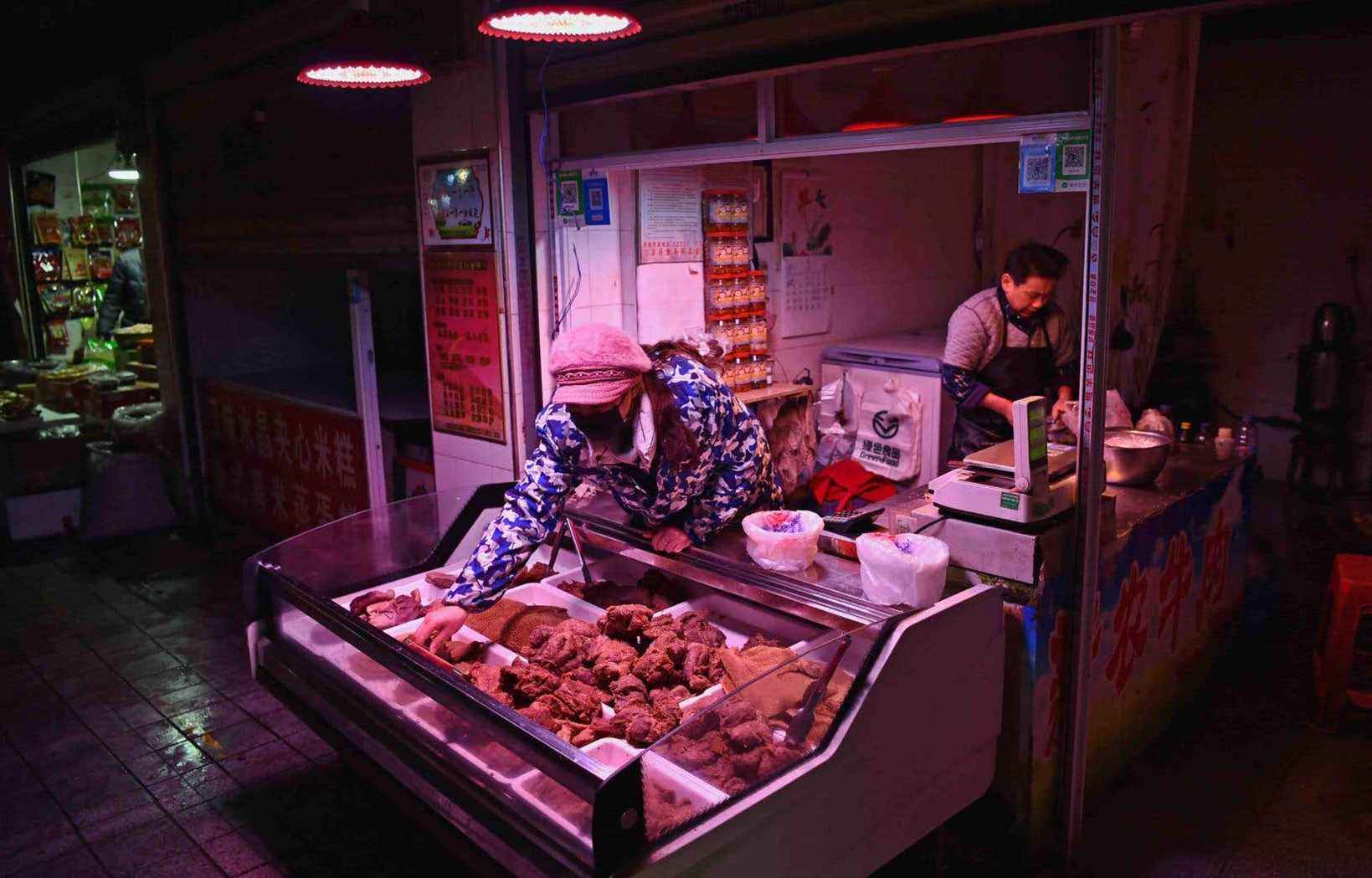The hypothesis of the animal origin of the coronavirus is practically no longer in doubt. Two remarkable studies show – with photos and graphics – that it was a zoonosis present in the live animal market in Wuhan, China, that triggered the biggest pandemic in nearly a century.
A group of international researchers recently published two studies that prove the hypothesis of the transmission of SARS-CoV-2 from animals to humans, as suspected from the start.
In one of them, we see photos taken on December 3, 2019 by a Chinese citizen worried about the treatment of animals: dogs, foxes, rats, badgers, wild boars, weasels and porcupines pile up one by one. above others in unsanitary cages. “We cannot be sure [de l’espèce] the most likely to have been the intermediary for the virus”, specify the authors.
One of the researchers of the study had also photographed the place in 2014, this market being already at the time on the radar of epidemiologists as a probable source of zoonosis.
In the other study, specialists dissect the genetic sequence of SARS-CoV-2 and “strongly” believe that the virus was indeed transmitted to humans from a bat through an intermediate animal.
The scientists managed to trace a direct link between the pandemic and these animals by crossing this visual evidence with the data collected by the Chinese authorities in December 2019 in this market.
The first traces of the coronavirus were found mainly around the kiosks where these poorly treated animals were. If we trace the second, third and fourth generations of infected people, all contacts go back to the Wuhan market as the starting point of the contagion.
The probability of having this sequence of initial contaminations without the market being the real source of the virus is 1 in 10 million, one of the authors of the study told the American press. “In science, we consider this as strong evidence. »
In conclusion, the researchers emphasize the importance of developing a “surveillance architecture” capable of identifying any unknown disease in order to quickly contain any new onset of a pandemic, but also of determining in advance the places where animals are sold and where ” the risks of transmission to humans are the strongest”.
This text is taken from our newsletter “Coronavirus Mail” of March 7, 2022. To subscribe, click here.
